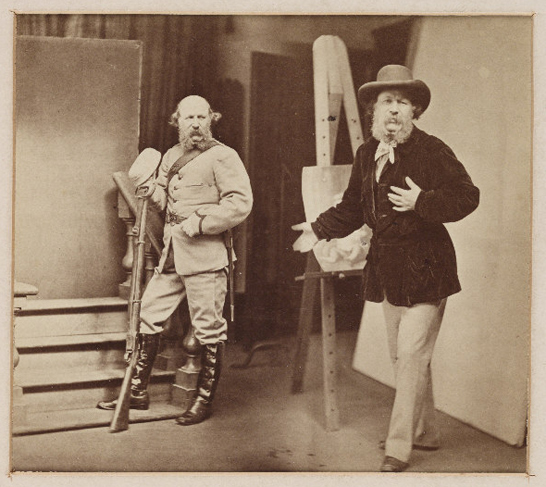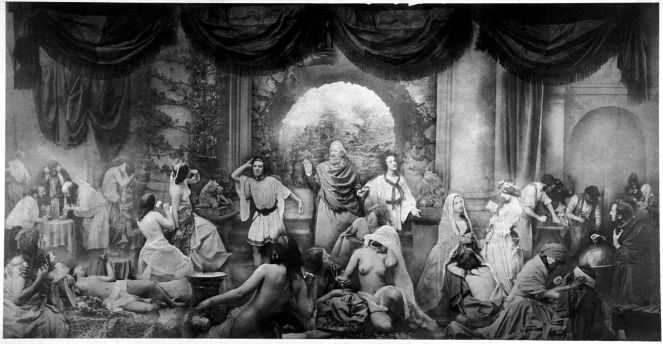Compositing is the creative process of assembling and combining filmed or rendered elements from multiple sources, to create a final lifelike visual effect. This can either be done using stil images or moving images.
We started off by looking at visual effects (VFX)and special effects (SFX) and learning the difference between them.
Special Effects - are effects carried out on set during production, infront of the camera.
Visual Effects - are effects carried out in post-production and digitally composited onto the footage/film.
Other key words to remember -
Plate - refers to the backfround in a composit.
Matte -
Travelling matte -
Chroma key (green or blue screens) -
Alpha Channel -
Brief -
For the first part of our brief we have to research into VFXand SFX and understand how they are used and how we can use them. Extracting information that can be useful for our own projects.
We then need to research into our own ideas of what we would like to createand then planning and testing it out to make sure we know what we are doing and how we can create certain effects.
We will be layering in our composits and the 4 main layers we need are:
Moving Background/plate
Still Image Later
Live action layer (using green screen)
Animation later
VFX Layer (optional)
Our piece will be between 15-30 seconds
'ANYTHING IS POSSIBLE'
Class -
After discussing the brief we next started to look at how compositing came about and watched some key scenes and films from composits that changed the industry.

1857 ‘Two ways of life’

He is believed to have created the first composits, including the above picture which has 32 pictures composited together.
Next we looked at The Lost World- 1925 - this film was created using different layers of still and static images. It also used a process called matting where the background (plate) is filmed then the dinosaur is filmed on a black background then a black and white. This is so the white can expose the dinosaur.
https://www.youtube.com/watch?v=l7vcKwmMzXA
Similar to the film above King Kong- 1933 was created. It also involved using rear projection, which is when the background film is projected behind the actors and if the forground was different.
https://www.youtube.com/watch?v=cmixe-Dii0Y
We next looked at films that started to use more special effects and were some of the first of it's kind.
War of the Worlds 1953 – This was really interesting to watch to see how they created things back then and see how it has changed so much since then.
https://www.youtube.com/watch?v=H_q2dtVgfI4
Jason and the Argonauts – 1963 - 'Skeleton scene' -
https://www.youtube.com/watch?v=pF_Fi7x93PY
How it was made - https://www.youtube.com/watch?v=w-1z7n3yoKs
https://www.youtube.com/watch?v=pF_Fi7x93PY
How it was made - https://www.youtube.com/watch?v=w-1z7n3yoKs
We next looked at the 1980's which started to combine opitical and digital compositing.
Tron 1982-
https://www.youtube.com/watch?v=-BZxGhNdz1k
The 1990’s developed software and hardware.
MPC - website - http://www.moving-picture.com/
https://www.youtube.com/watch?v=-BZxGhNdz1k
The 1990’s developed software and hardware.
MPC - website - http://www.moving-picture.com/
Channel 4, Street Summer - breakdown - https://www.youtube.com/watch?v=Te_18I24X5Y
Today's lesson has been very interesting to see how compositing and VFX and SPX has evolved over the years with new technology and to fins out how they actuall did some of the films. I feel this module will be challenging when it comes to knowing the software and learning how to create the differen effects, but will be very fascinating and the end result should look really cool.
I will start to think of ideas and what I want to do.







No comments:
Post a Comment